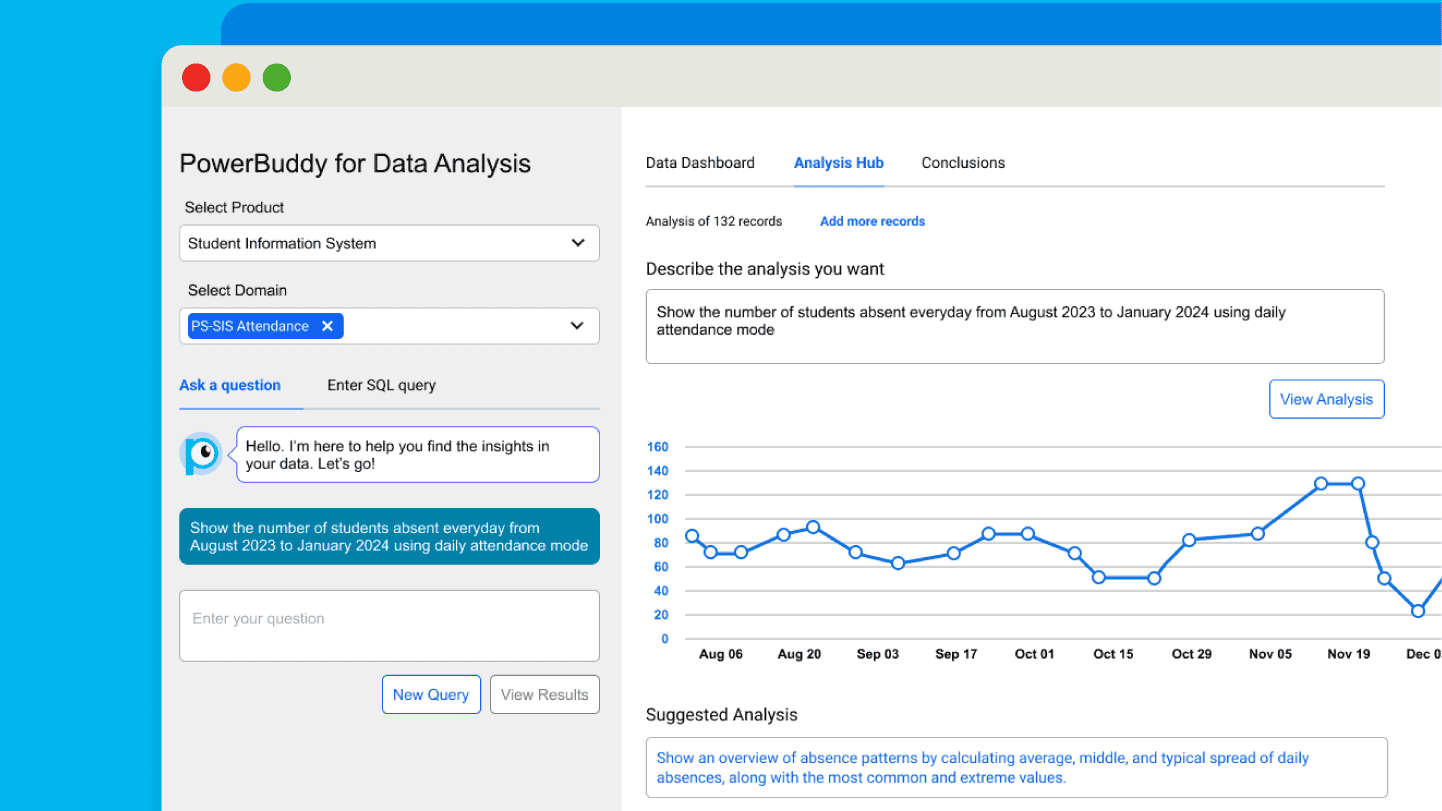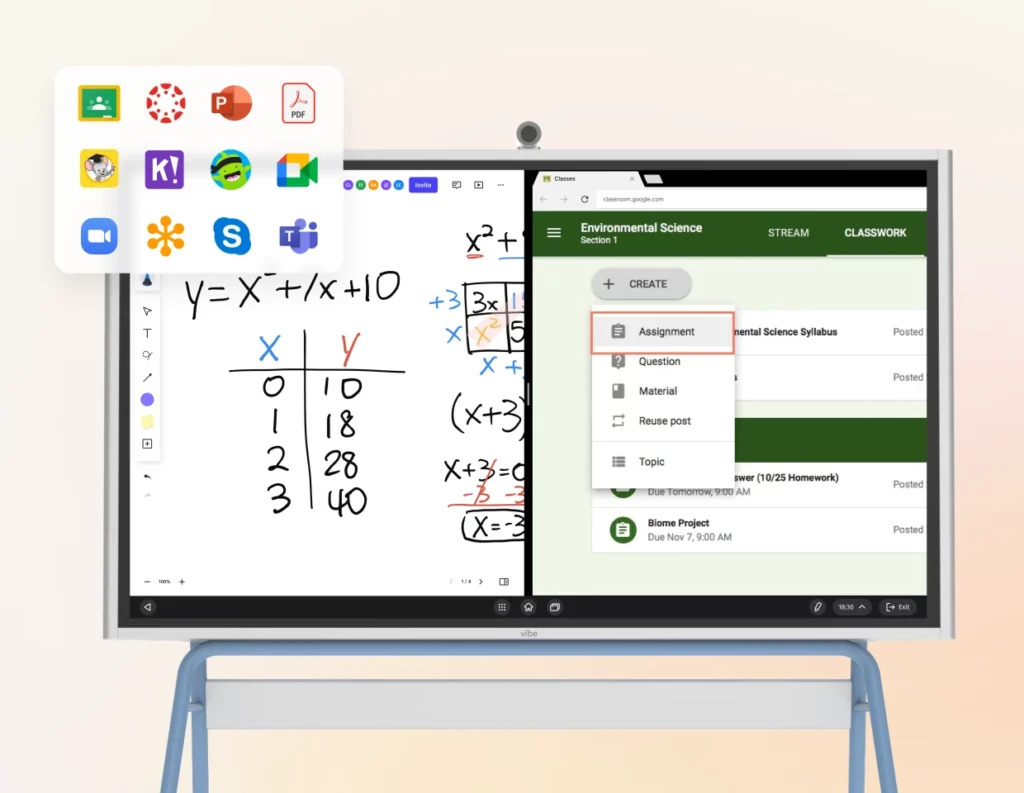The classroom of 2025 looks dramatically different from even just a few years ago, and technology is rapidly changing our approaches to education. Teachers are leveraging artificial intelligence to create personalized learning experiences that adapt to each student’s unique needs. Students engage with AI-powered tutoring systems that provide step-by-step instructions that fit students’ learning base and give instant feedback and support. Administrative tasks that once consumed hours of educator time are now automated, freeing teachers to focus on what matters most: teaching and connecting with their students.
AI in education is no longer a futuristic concept—it’s being implemented in classrooms right now, creating opportunities for more effective, inclusive, and engaging learning experiences than ever before.

Understanding AI in Modern Education
To fully grasp the potential of artificial intelligence in today’s learning environments, we need to explore both what AI means in educational contexts and why it has become so critical for modern classrooms. This foundation helps educators, administrators, and students understand how AI is reshaping the educational experience.
What is AI in Education?
Artificial intelligence in educational settings encompasses intelligent technologies designed to enhance teaching and learning processes. At its core, AI in education involves computer systems that analyze student data, adapt to individual learning patterns, and provide personalized educational experiences without manual human intervention.
These systems range from simple chatbots that answer student questions to sophisticated platforms that track learning progress and adjust curriculum difficulty in real-time. The technology includes machine learning algorithms, natural language processing, and predictive analytics—all working together to create smarter, more responsive learning environments.
Why AI Matters in Today’s Classrooms
Modern classrooms face new and unprecedented challenges. Teachers manage larger class sizes while trying to meet unique and diverse learning needs. Students arrive with varying levels of preparation and different learning styles. Traditional one-size-fits-all approaches often leave some learners behind while others feel unchallenged. AI in education addresses these challenges by providing personalization and scalability that human teachers alone cannot achieve. With the majority of students already using AI tools and educators reporting drastically improved outcomes, the technology in the classroom has moved from experimental to essential.
4 Key Applications of AI in Education
The practical applications of AI in education span across nearly every aspect of the learning and teaching experience, from individualized instruction to streamlined administration. These applications work together to create more efficient, effective, and engaging educational environments that benefit both educators and students.
1. Personalized Learning Paths
AI-powered platforms analyze how individual students learn best, then customize content delivery accordingly or suggest changes to lesson plans. These systems track which concepts students grasp quickly and where they struggle, automatically adjusting lesson difficulty and pacing. For visual learners, the system might emphasize diagrams and infographics. For auditory learners, it could incorporate more spoken explanations.
Tools:
 Screenshot of Khan Academy.
Screenshot of Khan Academy.2. Intelligent Tutoring Systems
Modern intelligent tutoring systems provide one-on-one instruction that can rival human tutoring. These AI-powered platforms answer questions, offer real-time feedback on student performance, identify knowledge gaps, and provide targeted practice exercises. Unlike human tutors, they’re available 24/7 and can simultaneously support unlimited students. Programs like DreamBox Learning have demonstrated significant improvements in student outcomes, with research showing substantial math skill gains among elementary students.
Tools:
 Screenshot of DreamBox.
Screenshot of DreamBox.3. Automated Assessment and Grading
AI transforms assessment from a time-consuming burden into an efficient, insightful process. Automated grading systems handle not just multiple-choice tests and rudimentary work but also complex work like essays, providing detailed feedback on writing quality and content accuracy. This immediate feedback helps students improve their work while it’s still fresh in their minds.
Tools:
4. Administrative Task Automation
AI applications streamline countless administrative processes that traditionally consumed educator time. Attendance tracking, schedule optimization, resource allocation, simple prompt creation, and reporting all benefit from AI automation. Teachers spend less time on paperwork and more time on unique student needs and personalized student interactions.
Tools:
 Screenshot of PowerSchool.
Screenshot of PowerSchool.Benefits and Challenges of AI in Education
While AI in education offers tremendous potential to transform learning experiences, successful implementation requires understanding both the significant advantages and the challenges that schools must navigate. This balanced perspective helps educators make informed decisions when seeking AI integration.
Proven Advantages of Educational AI
The integration of AI in education delivers measurable benefits that transform both teaching and learning experiences across diverse educational settings. Here are some of the top benefits:
- Accelerated Learning Outcomes – Students using AI-enhanced learning platforms consistently demonstrate improved academic performance. The technology’s ability to provide immediate feedback and adaptive instruction helps students master concepts more quickly and retain information longer.
- Reduced Teacher Workload and Burnout – Automation of routine tasks significantly reduces teacher stress and prevents burnout. When AI handles grading, attendance, and basic student questions, educators can focus on lesson planning, creative instruction, and meaningful student interactions.
- Enhanced Educational Equity and Accessibility – AI in education breaks down barriers that have traditionally limited educational access. Students with learning disabilities benefit from AI tools that adapt to their specific needs, language learners can be adapted to, while rural schools gain access to advanced courses through AI-powered platforms.
- Cost-Effective Scalable Education Solutions – AI platforms can serve unlimited students simultaneously without proportional increases in cost. This scalability makes high-quality, personalized education economically viable for schools with limited budgets.
- Data-Driven Decision Making – AI provides educators with unprecedented insights into student learning and understanding patterns, and quick views of curriculum effectiveness. Real-time analytics help teachers adjust their strategies immediately rather than waiting for end-of-semester assessments.
- Increased Student Motivation and Engagement – AI tools make learning more interactive and personally relevant, which aids in boosting student engagement. Gamified elements, adaptive challenges, and immediate feedback keep students engaged and motivated for longer.
Addressing AI Implementation Challenges
While AI in education offers tremendous benefits, successful implementation requires careful and strategic attention to several key challenges that schools must navigate thoughtfully.
- Data Privacy and Student Information Security – Educational AI systems collect vast amounts of sensitive student data. Schools must ensure robust data protection measures, transparent privacy policies, and compliance with regulations like FERPA.
- Technology Integration and Teacher Training – The most sophisticated AI tools fail without proper educator preparation and support. Teachers need comprehensive training on how to integrate AI systems effectively into their pedagogical practice and with their existing tech tools.
- Cost and Infrastructure Requirements – While AI can be cost-effective long-term, initial implementation requires significant investment in hardware, software, and training. Schools must assess their current technology infrastructure and plan for necessary upgrades.
- Maintaining Human Connection – AI in education should enhance rather than replace human relationships that are central to effective teaching and learning. The most successful implementations use AI to handle routine tasks while preserving meaningful teacher-student interactions.
- Addressing AI Bias – AI systems can perpetuate existing educational inequities if not carefully designed and monitored. Schools must work with AI vendors who prioritize fairness and regularly audit their systems for bias.
- Academic Integrity – The ease of accessing AI-generated content can make it tempting for students to submit work that is not their own, raising concerns about plagiarism and undermining genuine learning. Schools must implement clear policies, use detection tools, and foster a culture of healthy AI use.
AI-Powered Educational Technology Solutions
The integration of artificial intelligence with educational technology creates powerful tools that enhance both teaching effectiveness and student engagement. These solutions combine the best of digital innovation with pedagogical best practices to create learning environments that adapt to individual needs while maintaining the collaborative spirit essential to education. Modern AI in education creates immersive, responsive learning spaces that adapt to student needs in real-time, combining virtual and augmented reality with AI analytics to provide experiences that were impossible just a few years ago.
Smart classroom tools powered by AI transform traditional teaching spaces into dynamic, interactive environments where interactive whiteboards can recognize handwriting, convert speech to text, and automatically organize brainstorming sessions. AI-enhanced classroom management systems track student participation patterns, identify when learners need additional support, and suggest real-time interventions to keep everyone engaged. This technology supports both in-person and hybrid classroom learning scenarios, ensuring consistent quality and engagement regardless of how students access their education, while freeing teachers to focus on creativity, critical thinking, and building meaningful relationships with their students.
Leverage AI in the Classroom with the Vibe Board S1
The Vibe Board S1 represents the perfect intersection of AI in education and practical classroom technology. This all-in-one interactive whiteboard combines intuitive functionality with advanced features that make AI-enhanced learning possible.
With its 4K touchscreen, AI-powered handwriting recognition, and seamless integration with popular educational apps, the Vibe Board S1 transforms any classroom into an AI-supported interactive learning environment. Teachers can easily incorporate AI tutoring systems, display personalized learning content, and engage students through gamification—all from one intuitive platform. Vibe Boards also feature over 250 integrated apps, including widely used education software, giving educators a versatile toolkit to enhance teaching and learning.
Whether you’re implementing personalized learning paths, using intelligent tutoring systems, or creating interactive learning experiences, Vibe Boards provide the technological foundation that makes AI in education practical and effective for every classroom.
Ready to bring the transformative power of AI to your students?
 Image of Vibe Board S1.
Image of Vibe Board S1.




-1sbltxxq4FYxHrXrwJVLsCDNsXpqNa.webp)
-5Zp0pmSytvcuYDVs1LvuwplKuRneK0.webp)
